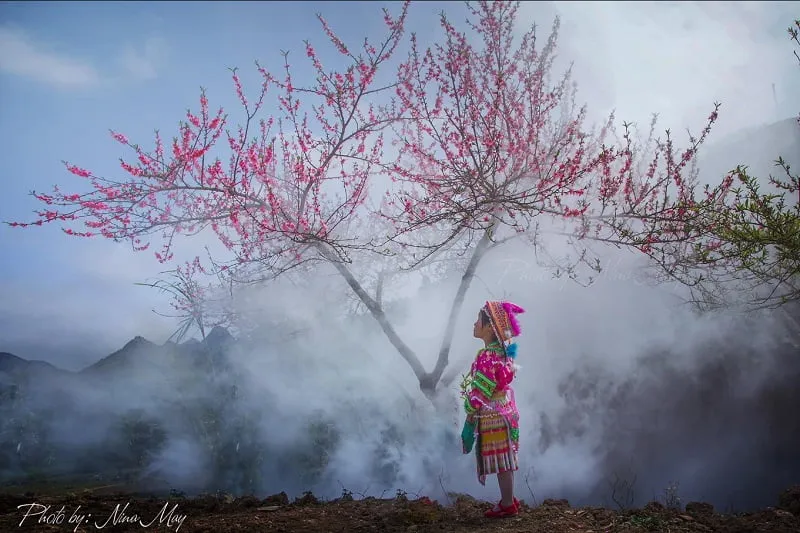Traveling to the Northern Mountains of Vietnam is a journey to discover majestic natural beauty, diverse cultures, and unique cuisine. From golden terraced rice fields and cloud-covered mountain peaks to peaceful villages with distinctive cultural traits, this region promises to offer visitors unforgettable experiences. This article will help you learn about the ideal time to visit, attractive destinations, and tour suggestions to plan your trip.
Best Time to Visit Northern Vietnam Mountains
The Northern Mountains of Vietnam possess beauty that transforms with each season, each offering different experiences.
Spring (February – April): This is when peach blossoms and plum blossoms bloom throughout the highlands, adorning the scenery with poetic beauty. You will admire the pure beauty of white Bauhinia flowers in Ha Giang in March, or participate in bustling love markets imbued with local culture. 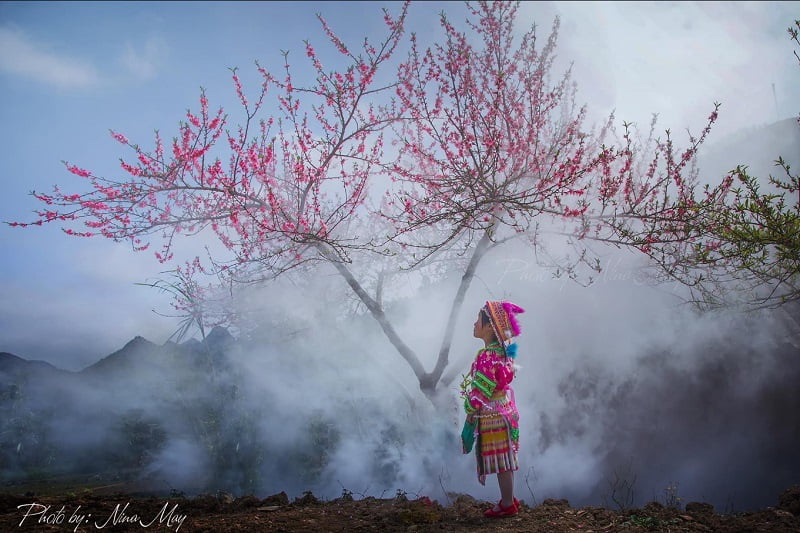
Summer (May – August): The weather is cool, ideal for exploring terraced rice fields during the water season. The rice fields are like giant mirrors reflecting sunlight, creating a stunning scene. You can also visit Thung Mountain in Cao Bang, a unique natural wonder. 
Autumn (September – November): The terraced rice fields turn golden, and the buckwheat flower fields stretch across the hillsides, creating a charming autumn picture. Mu Cang Chai is the ideal destination to admire this beauty. 
Winter (December – January): The weather is chilly, and fog covers the mountains, creating a mystical beauty for the highlands. This is an ideal time for those who love trekking and cloud hunting experiences. However, you need to prepare warm clothes when coming here. 
Top Attractive Destinations in Northern Vietnam Mountains
The Northern Mountains boast many attractive destinations, each with its own unique beauty:
1. Sapa (Lao Cai): Known as the “second Da Lat of Vietnam,” Sapa is famous for its cool climate, majestic natural landscapes, and diverse culture of ethnic minorities. You can experience the Fansipan cable car, explore Cat Cat village, or simply stroll along the trails, admiring the green terraced rice fields. 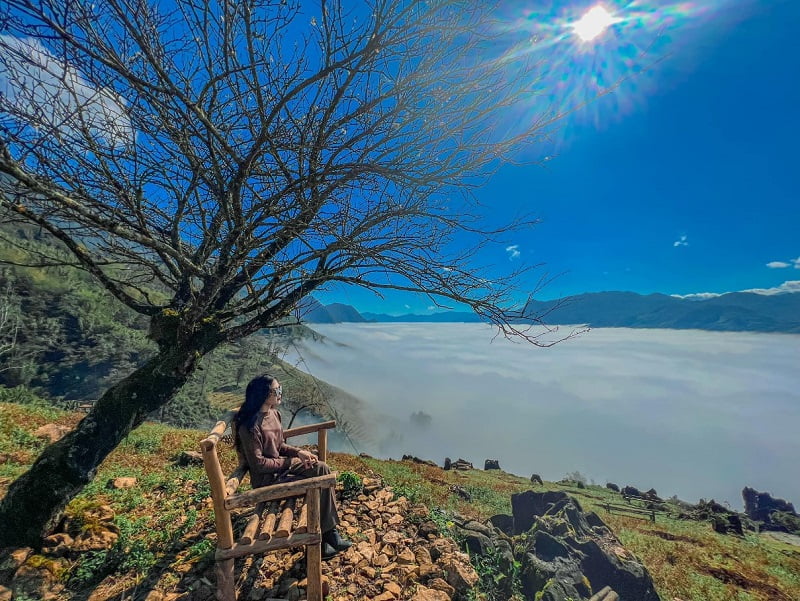
2. Dong Van Karst Plateau (Ha Giang): This place attracts visitors with the wild, majestic beauty of rocky outcrops, deep valleys, and ancient villages. You can explore Dong Van Old Quarter, Vuong family mansion, or experience the rugged but impressive mountain passes. 
3. Hoang Su Phi (Ha Giang): Famous for its stunning terraced rice fields, especially during the harvest season (September – October). The golden scenery stretching across the hillsides will overwhelm you. 
4. Moc Chau (Son La): The highland region famous for its tea hills, plum gardens, and dairy farms. You can enjoy delicious fresh milk products, visit farms, or enjoy the fresh air of the highlands. 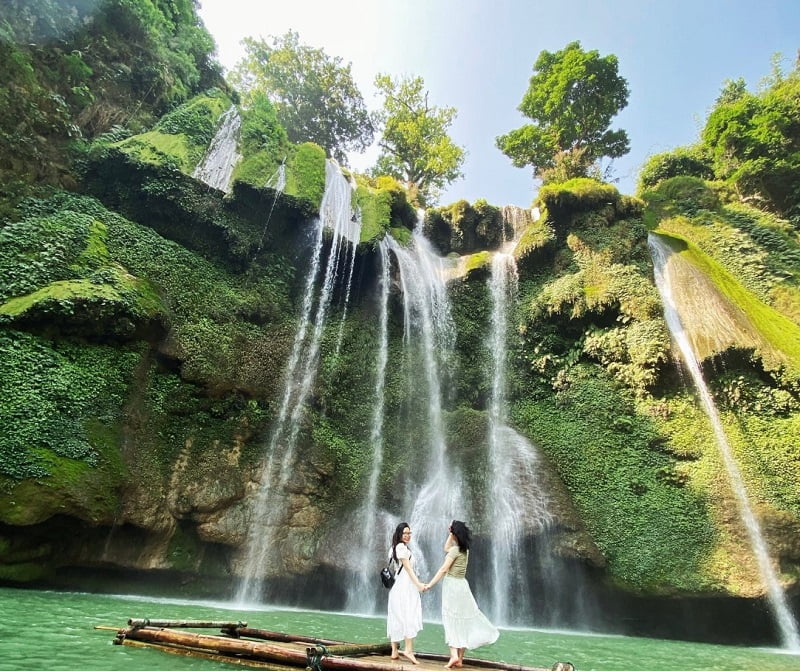
5. Mu Cang Chai (Yen Bai): Also famous for its picturesque terraced rice fields, especially in La Pan Tan. You can trek on trails, admiring the majestic scenery of mountains and forests. 
6. Mai Chau (Hoa Binh): A peaceful valley with Thai ethnic villages, traditional stilt houses, and green rice paddies. You can experience the unique culture of the Thai people, participate in community activities, or simply relax in nature. 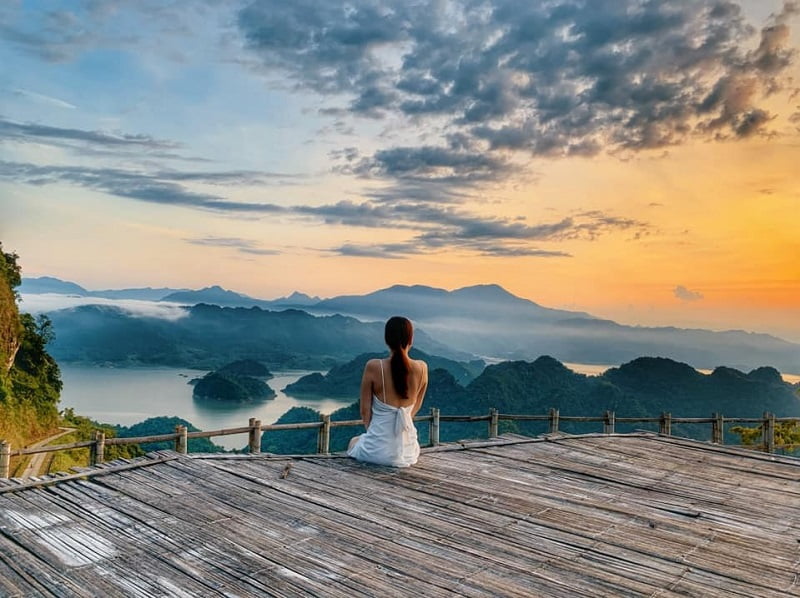
7. Ba Be Lake (Bac Kan): The largest natural freshwater lake in Vietnam, with unspoiled, tranquil beauty. You can take a boat trip on the lake, explore caves, or visit villages along the lake. 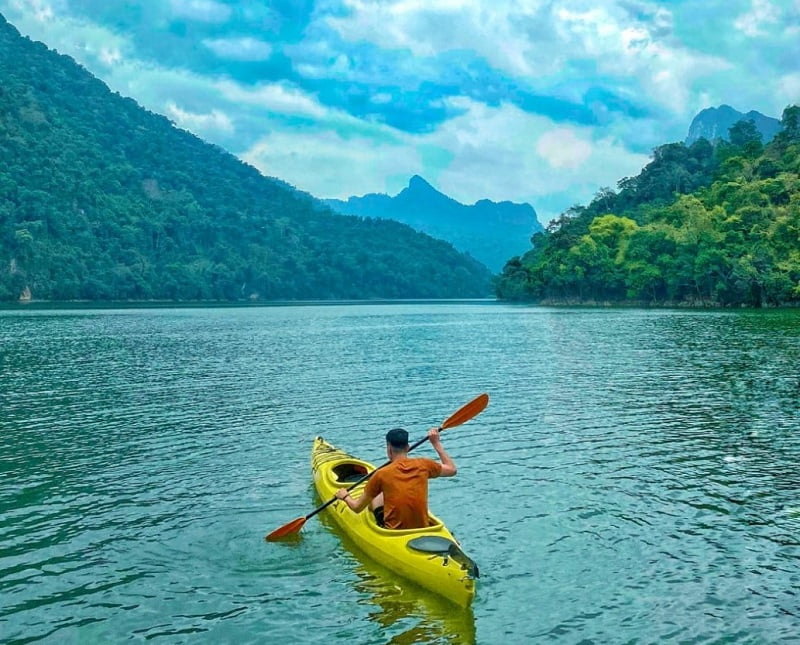
8. Ban Gioc Waterfall (Cao Bang): Majestic, breathtaking waterfall located on the Vietnam-China border. You will admire the beauty of the waterfall cascading down from a height of tens of meters. 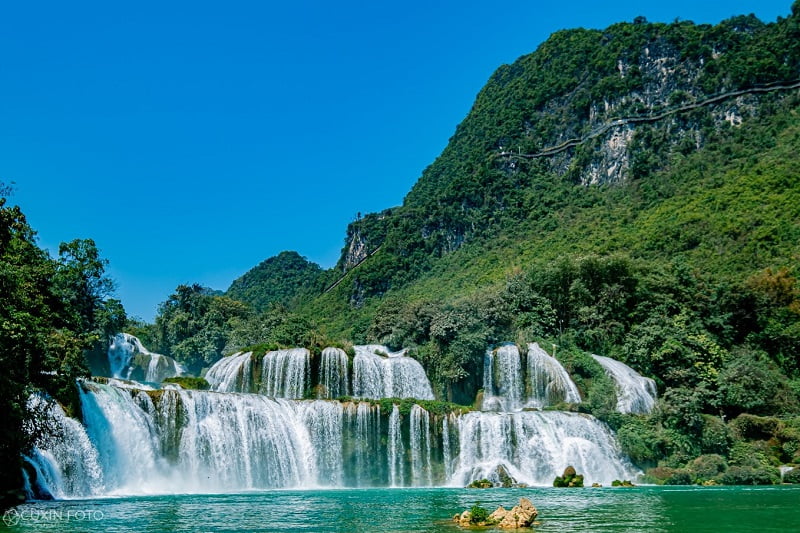
9. Thung Nai (Hoa Binh): Located in the heart of Hoa Binh Lake, Thung Nai is like a beautiful island in the middle of the lake, with picturesque scenery of mountains and water. You can take a boat trip on the lake, explore caves, or visit fishing villages along the lake. 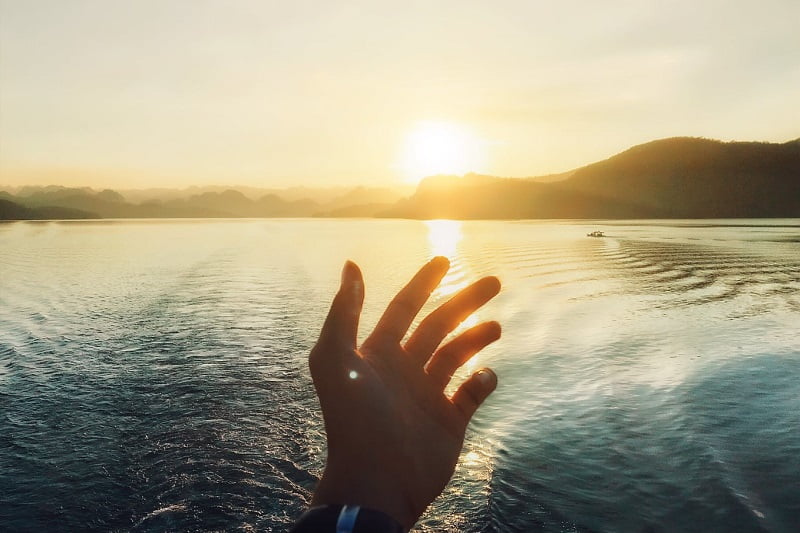
(To be continued…)
